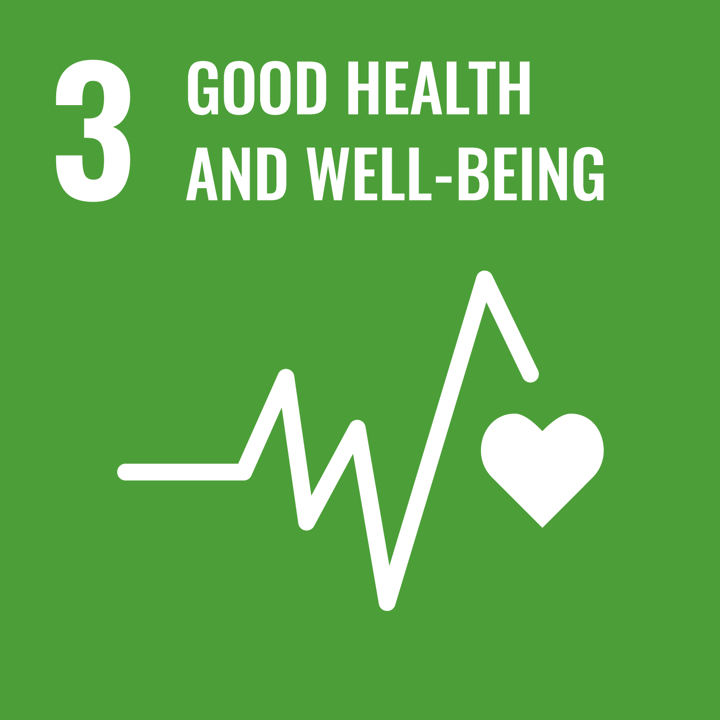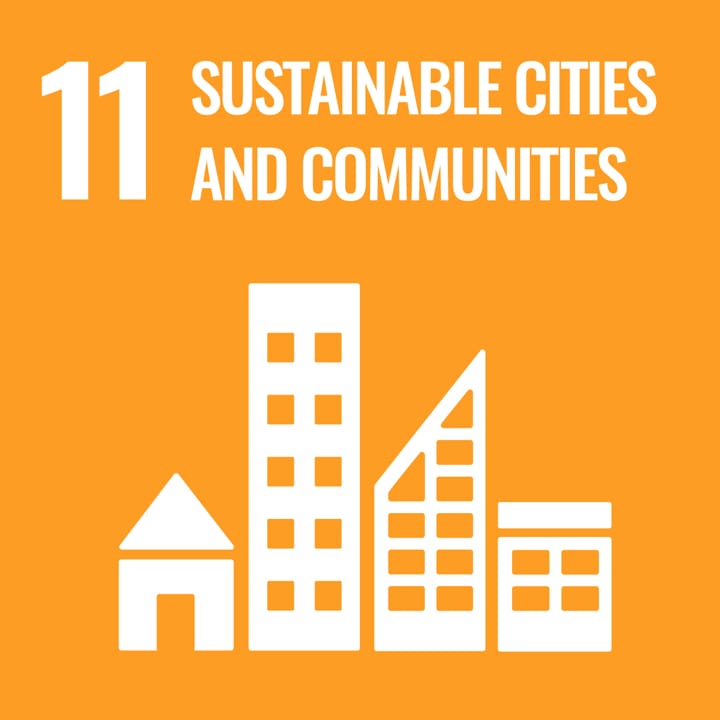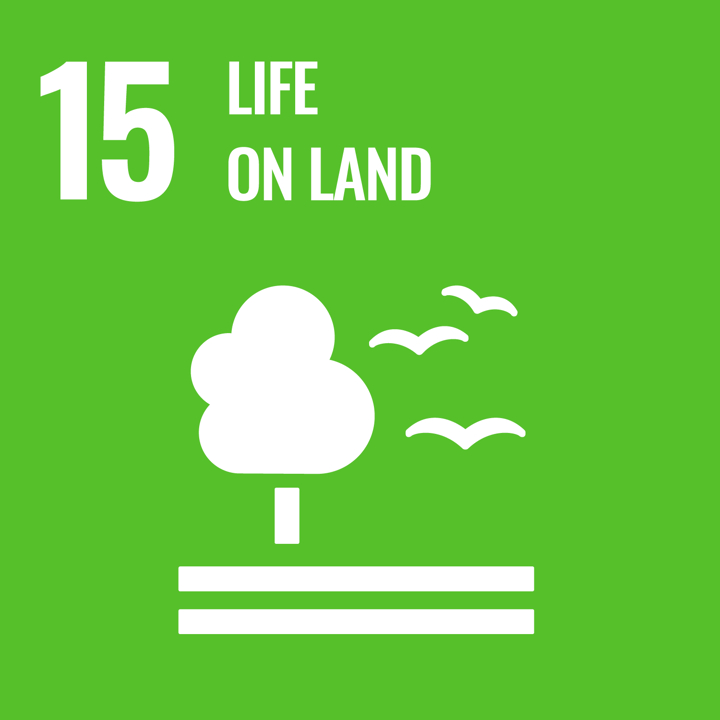
Προβλεπόμενος τελικός χρήστης: Δάσκαλος, Εκπαιδευτικός
Ηλικιακή ομάδα: Ανώτερη δευτεροβάθμια εκπαίδευση
Σχολικό πρόγραμμα σπουδών: Science; Social & Environment Science; Applied Science
Θέματα και θεματικές ενότητες: Energy Use and Production; Environmental Change; Food and Agriculture
Διάρκεια: If required, please provide a link to the resource:
Preparation time: 1h – 10 hrs, depending on the chosen activities; Implementation time: 5 lessons * (45 min) = 5 didactic hours
Τύπος πόρου: Lesson Plans
Λέξεις-κλειδιά: Air-quality improvement, Public Health, CO2 sensor, CO2 Measurements, nature-based solutions, Green Walls
Γλώσσες: English, Dutch, Swedish, German, Portuguese, Greek, French, Italian, Lithuanian, Polish, Slovak and Spanish
Περιγραφή
The main goal of this learning scenario is to help students realize that the school environment, where they spend a lot of time, is very important for their health, well-being, concentration and studying efficiency. The aim is also to help students become more conscious about the natural environment’s impact on their health. To do so, the first action would be to measure certain air-quality parameters at school. A brainstorming activity will then take place. The students will discuss how to improve air quality at school and then further debate on how they could make school spaces greener. If needed, they could set up a green-wall concept for their school, and eventually build it. Nature-based solutions (NBS) are solutions that are inspired and supported by nature, which are cost-effective, simultaneously provide environmental, social and economic benefits and help build resilience. Such solutions bring more, and more diverse, nature and natural features and processes into cities, landscapes, and seascapes, through locally adapted, resource-efficient and systemic interventions. Nature-based solutions must therefore benefit biodiversity and support the delivery of a range of ecosystem services.
How to use this resource
Get Ready:
- Learn about Nature-Based Solutions (NBS) using the materials provided.
- Gather supplies like CO2 sensors and tools for brainstorming.
Teach the Basics:
- Explain how the environment affects health and introduce NBS.
- Show how air quality impacts well-being.
Engage Students:
- Work in groups to discuss ways to improve air quality at school.
- Build or use a CO2 sensor to measure air quality.
Find Solutions:
- Brainstorm ideas like adding plants or creating a green wall.
- Plan and design a project to make the school greener.
Share and Improve:
- Discuss findings and get feedback using tools like Mentimeter.
- Work together to refine ideas and involve the community if possible.
Take Action:
- Build the green projects and monitor the results.
- Encourage students to share their work and keep improving the school environment
Οι πόροι
A Green School is a Healthy School PDF:
Μαθησιακά αποτελέσματα
- Αναζήτηση προηγούμενων γνώσεων και περαιτέρω ανάπτυξη της γνώσης και της κατανόησης βασικών εννοιών της Αειφόρου Ιθαγένειας, αμφισβητώντας καθιερωμένες κοσμοθεωρίες και αξίες.
- Εφαρμογή μιας σειράς κατάλληλων εργαλείων και πλαισίων για την προώθηση της αειφόρου πολιτειότητας των μαθητών
- Αναστοχασμός της πρακτικής και εξέταση των εθνικών προγραμμάτων σπουδών για τον εντοπισμό ευκαιριών προώθησης της ιδιότητας του πολίτη της αειφορίας με διεπιστημονικούς τρόπους και συνεργασία με εξωτερικούς ενδιαφερόμενους φορείς.
Πράσινες ικανότητες
- Ενσάρκωση βιώσιμων αξιών: Valuing Sustainability; Promoting Nature
- Αγκαλιάζοντας την πολυπλοκότητα στη βιωσιμότητα: Critical Thinking
- Οραματιζόμενοι βιώσιμα μέλλοντα: Adaptability
- Δράση για τη βιωσιμότητα: Συλλογική δράση
Creative Commons

Except otherwise noted, the reuse of this document is authorized under a Creative Commons Attribution 4.0 International (CC-BY 4.0) license (https://creativecommons.org/licenses/by/4.0/). This means that reuse is allowed provided appropriate credit is given and any changes are indicated.
SDGs








